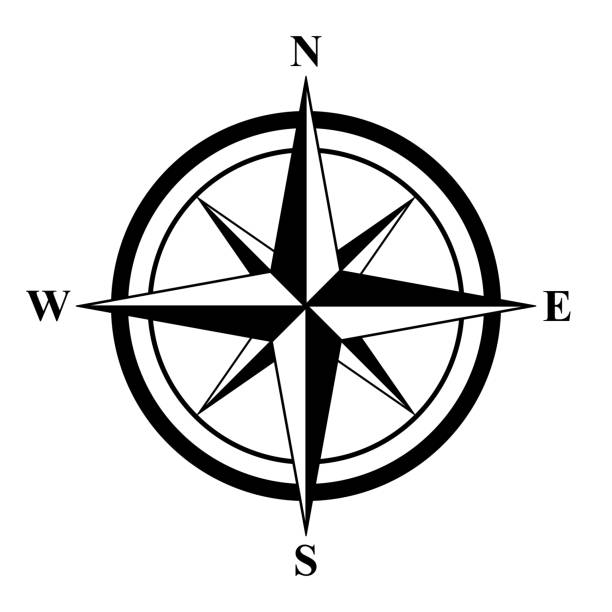North, South, East, and West are known as these.
Cardinal Directions
This is the period where humans lived where there were no metal tools.
Stone Age
Mesopotamia was this type of civilization.
River Valley
This river is still the primary source for water in Egypt today.
the Nile
These mountains protected India and serve as a natural barrier.
Himalayas
A circle showing the directions printed on a map.
Compass Rose
Early Humans were these. They did not farm and had to follow the herds of migration animals.
Hunter-Gatherers
Mesopotamia is located between these two rivers.
Tigris and Euphrates
Egyptian writing is also called this.
Hieroglyphics
The 2 rivers that made up the Indus River Valley civilization were the Indus and
the Ganges and Indus
This tool can be used to measure distance on a map.
The scale
One of the most important discoveries of the Stone Age. We still use it today to cook and stay warm.
Fire
Mesopotamians were this. When you worship more than one god.
Polytheistic
The Egyptians believed in an afterlife. Egyptian pharaohs would construct these as giant tombstones that would help guide them and also serve as a testament to their power.
Pyramids
The 2 main religions of Ancient India were
Hinduism and Buddhism
Provides information needed for the map to make sense.
the Key or Legend
This was the name given for when early Humans began to settle down in cities and started to farm.
Agricultural Revolution
The Mesopotamians had their own form of writing called this.
Cuneiform
These physical barriers surrounded Egypt. They help protect Egypt from outside invasion.
Deserts
The ancient Indians developed a complex social system called this.
The Caste System
Northeast, Northwest, Southeast, and Southwest are known as:
Intermediate Directions
One of the greatest legacies of the Agricultural Revolution was this. With humans having enough food, they started performing other tasks.
Job Specialization
This law system was one of the first in History. The laws were known for being strict but fair. "An eye for an eye."
Hammurabi's Code
Egyptians would perform this practice to their dead loved ones to help preserve their body for the afterlife.
Mummification
Ancient Indians wrote in this language.
Sanskrit
